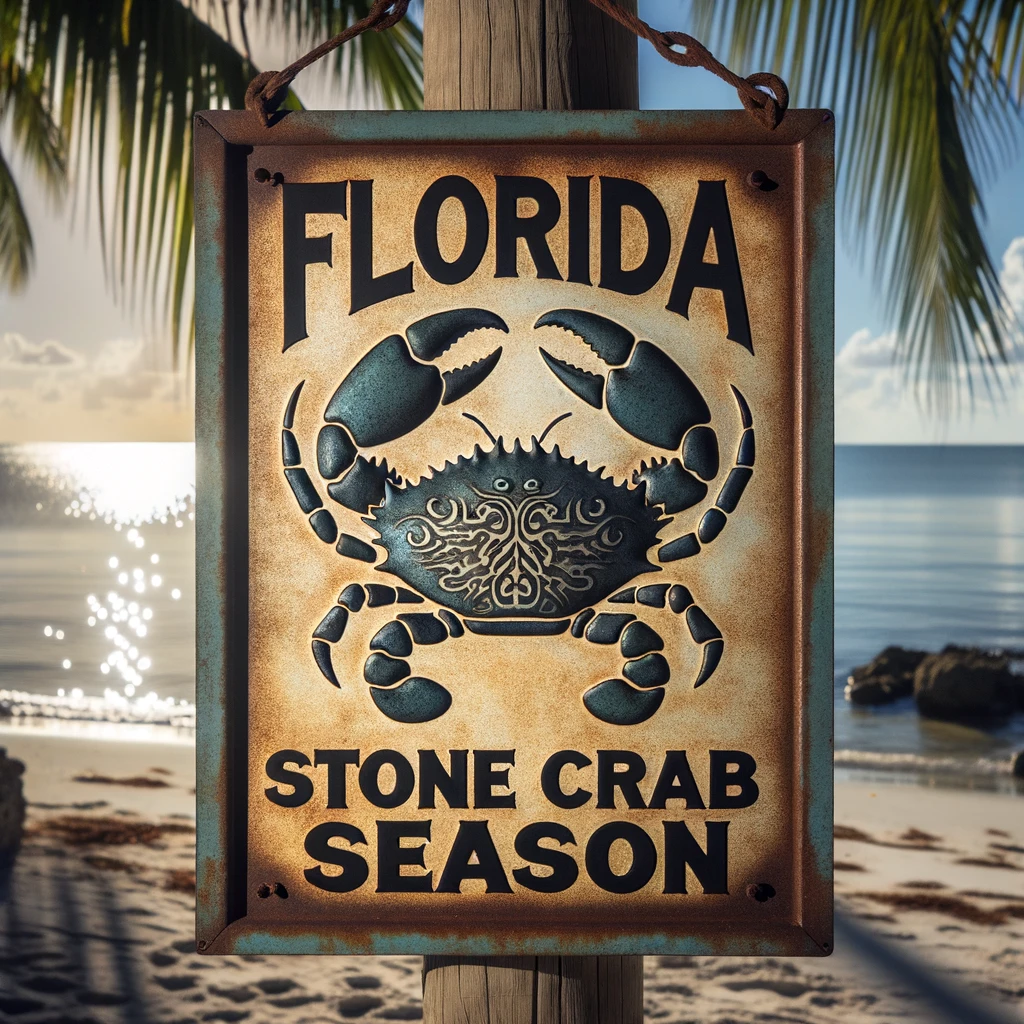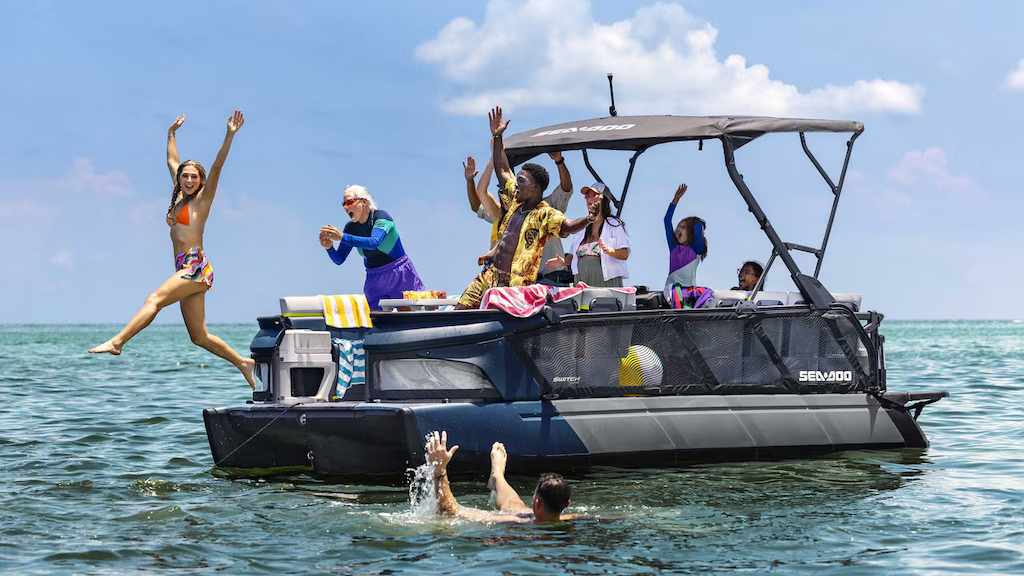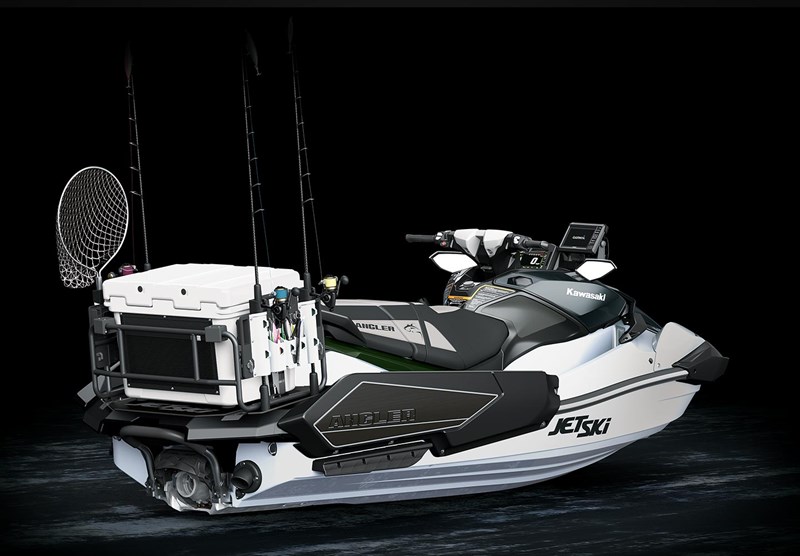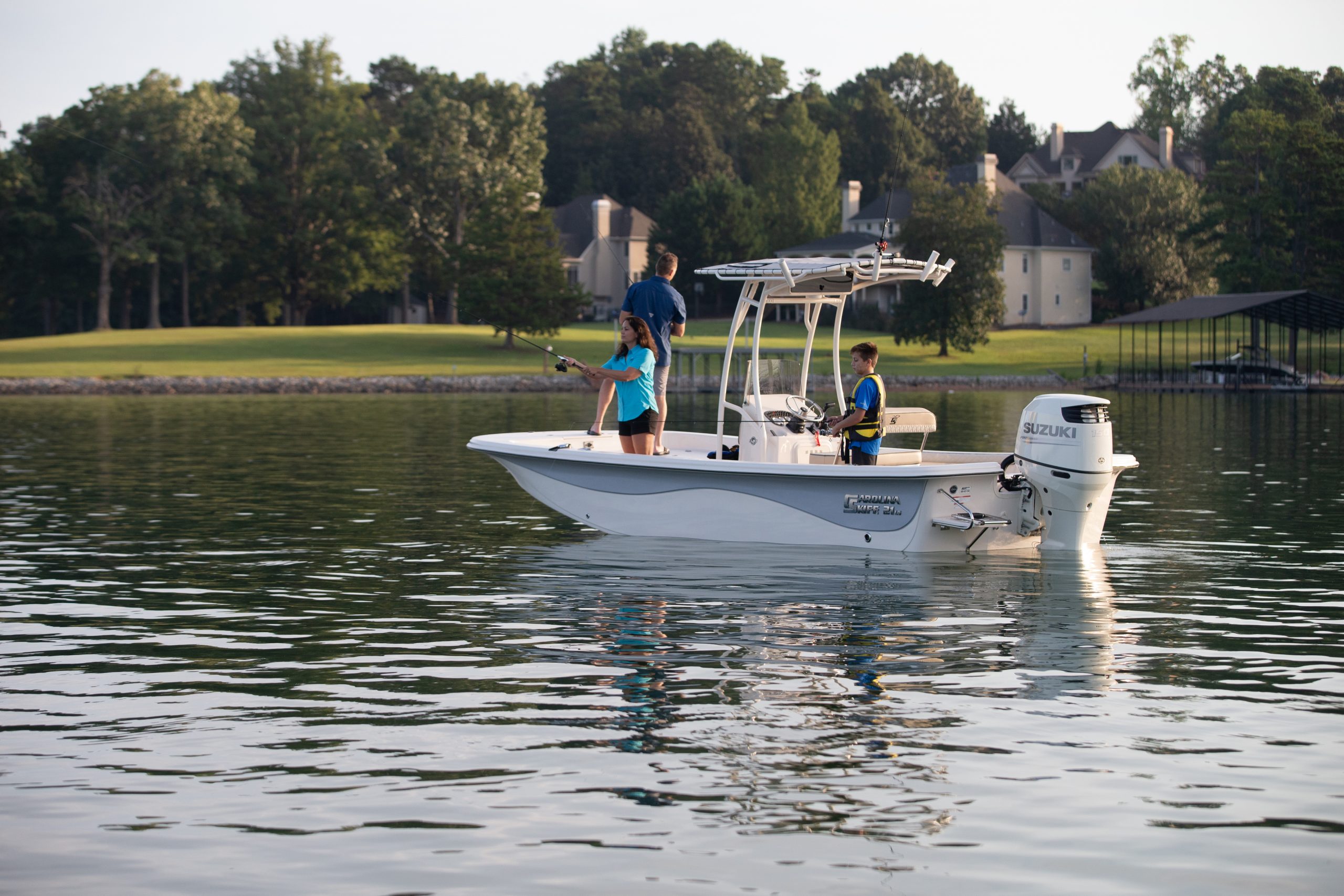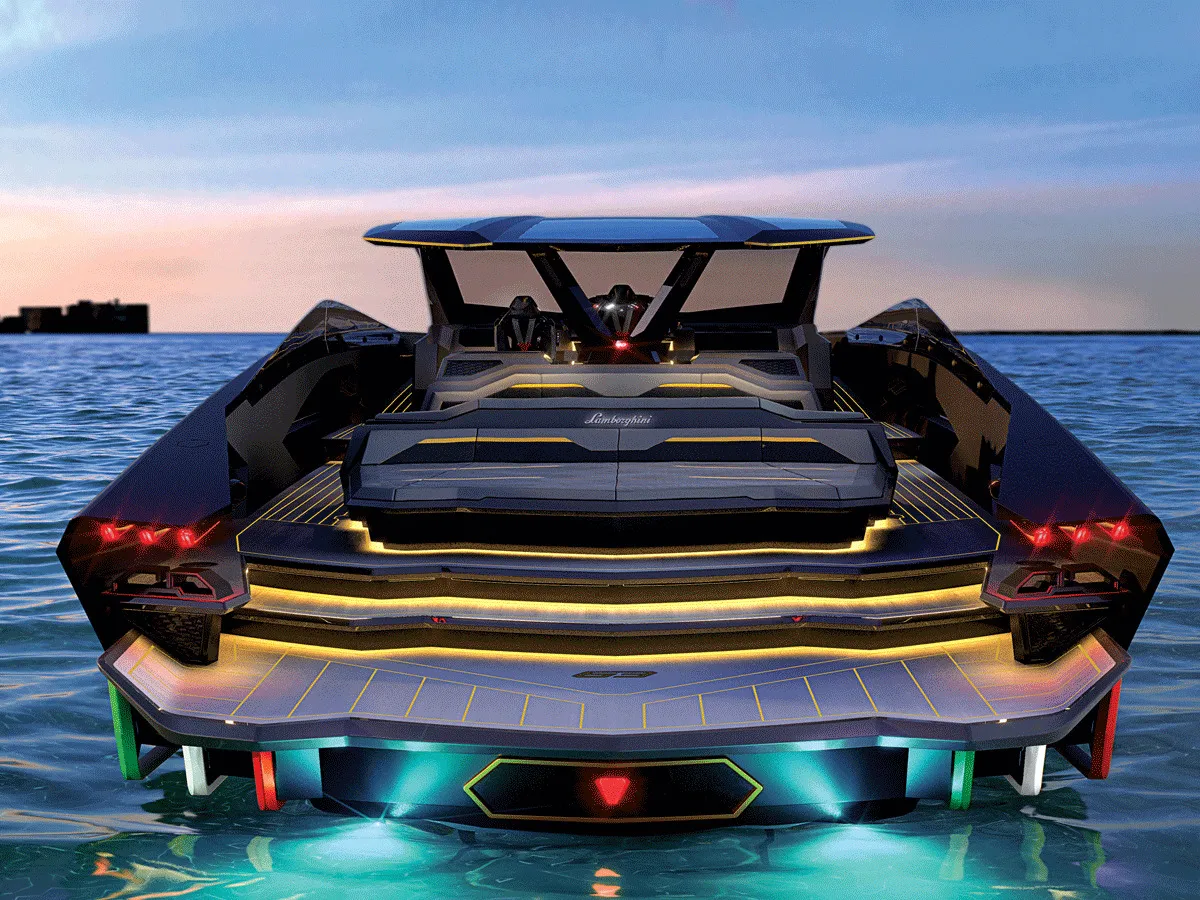A Passenger on a Small Boat Falls Overboard: Efficient Rescue Methods
A passenger falling overboard from a small boat can be a dangerous and potentially life-threatening situation. When an individual is suddenly submerged in water, the risk of injury, hypothermia, and drowning increases significantly. Knowing how to effectively respond to such an incident is crucial for the safety and well-being of both the person overboard and those remaining on the boat.
In the event of a passenger falling overboard, quick thinking and taking appropriate measures to ensure the individual's safety becomes the top priority. Proper rescue procedures involve not only retrieving the person but also minimizing the risk of further harm. It is essential for boaters to familiarize themselves with rescue techniques and preventative measures to ensure a safe and enjoyable time on the water for all involved.
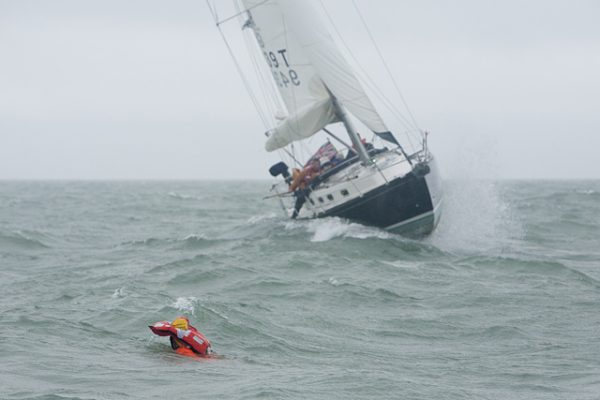
Key Takeaways
- Promptly recognizing an overboard incident is crucial for a successful rescue.
- Boat and weather conditions play a significant role in determining the appropriate rescue approach.
- Utilizing life-saving devices and following rescue procedures help ensure the safety of the person overboard and those remaining on the boat.
Recognizing the Overboard Incident
Identifying Falling Overboard
When a passenger boat falls overboard, it is crucial to immediately identify the situation and take appropriate action. First, alert everyone on board by yelling "Man Overboard." This serves to inform everyone of the emergency, alert nearby boats if possible, and reassure the victim that they have been seen and help is on the way.
Acknowledging Hazard
It is essential to acknowledge the potential hazards that can occur when a passenger falls overboard. Factors such as turbulent waters, high boating speeds, balance difficulties, intoxication, unattended boats, and slippery decks may contribute to the incident. Recognize these hazards and take necessary precautions to prevent them.

Addressing Victim's Condition
Ensure the victim's safety by promptly tossing them a PFD (Personal Flotation Device), preferably a throwable type, unless it is known that they are already wearing a PFD. Reduce the boat's speed and approach the victim from downwind or into the current, whichever is stronger. Turn off the engine once close to the victim to avoid any further danger. Utilize a reaching assist or a buoyant heaving line to pull the victim to the side of the boat. Maintain continuous communication with the victim to keep them calm and reassured.
Activating Man Overboard (MOB) Button
When someone falls overboard, it is important to press the Man Overboard (MOB) button on the boat's GPS. This will mark the precise location of the incident, allowing you to return to the spot if necessary. The MOB function is an essential tool in quickly responding to and resolving an overboard situation.
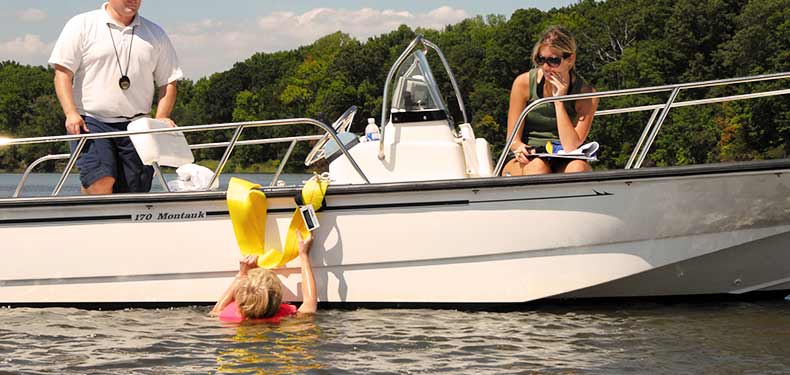
Immediate Response to an Overboard Incident
Operating the VHF Radio
In the event of a passenger falling overboard, it is crucial to use the VHF radio as soon as possible. The radio can assist in coordinating rescue efforts and communicating with nearby boats or rescue authorities. Ensure the radio is tuned to the appropriate channel and have the necessary information ready, such as your location and the situation.
Making a Mayday Call
When a passenger falls overboard, it is important to make a mayday call using the VHF radio. This alerts nearby boats and rescue authorities of the emergency and requests immediate assistance. To make a mayday call, press the talk button and clearly state "Mayday, mayday, mayday" followed by the boat's name, location, and nature of the emergency. Repeat the message several times to ensure it is heard and understood.
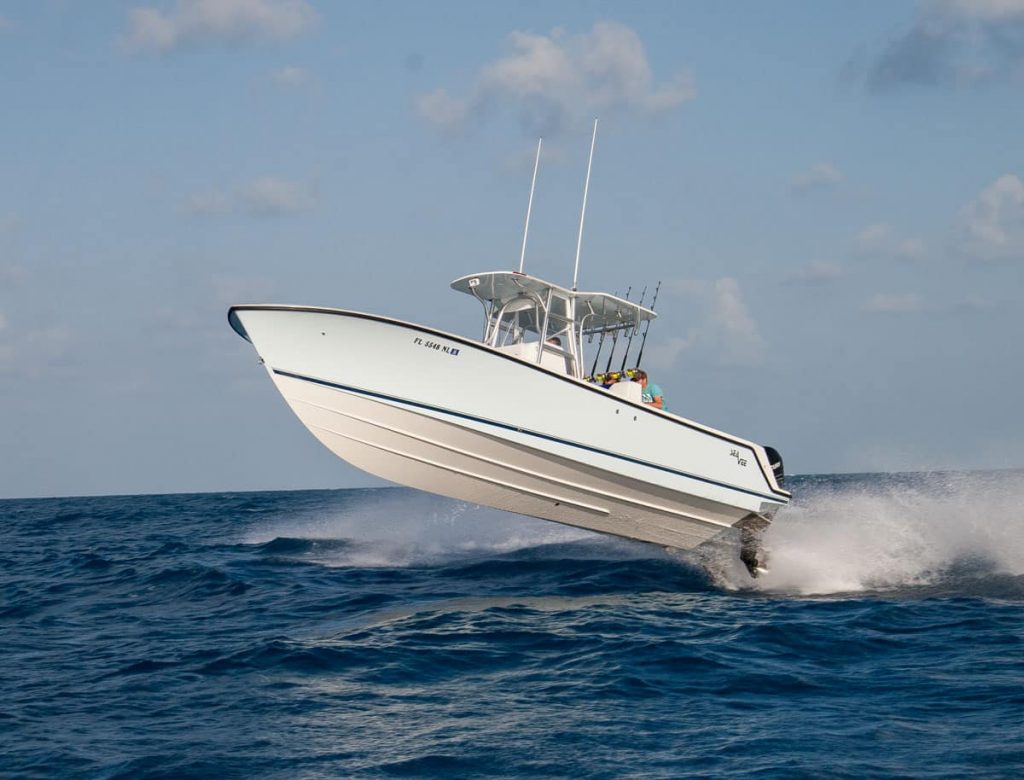
Slowing Down and Turning the Boat
Upon realizing that a passenger has fallen overboard, immediately reduce the boat's speed and turn the boat around. By reducing the speed, you will decrease the distance between the boat and the victim, making it easier to initiate a rescue. Approach the victim from downwind or into the current, whichever is stronger, to reduce drift and maintain control over the boat's position and speed 1.
Maintaining Sight of the Victim
It is essential to maintain visual contact with the victim as the boat is slowed down and turned around. Having someone on board continuously point and call out the victim's location can make it easier to keep sight of the person in the water. Maintaining sight of the victim is crucial, as it allows for a more efficient and effective rescue attempt.

Effect of Boat and Weather Conditions
Understanding the Influence of Weight on Small Boat
Weight distribution plays a crucial role in the stability of a small boat. Excessive weight or uneven distribution can increase the risk of the boat capsizing, particularly while trying to retrieve a passenger who has fallen overboard. It is important to ensure that the remaining passengers on the boat maintain their positions – preferably in the center and low – to create a stable center of gravity. By doing so, they reduce the risk of further complications during the rescue process.
Accounting for Current and Downwind Effects
When approaching a person who has fallen overboard, the boat operator needs to take into consideration the direction of the current and the wind. It is recommended to approach the person from the downwind or into the current direction, as this allows for better control, reduced drift, and easier maneuvering. This can also prevent the boat from capsizing or the victim from being pushed farther away. Once the boat is close enough, ensure that the engine is stopped and then use a buoyant heaving line, lifebuoy, or other rescue device to help the person reboard the boat.

Assessing Weather Conditions
The weather can significantly impact the difficulty of recovering a passenger who has fallen overboard from a small boat. Bad weather conditions, such as strong winds and rough waves, can make it more challenging to maintain control of the boat and successfully retrieve the person. It is essential to be aware of the weather conditions and adjust rescue strategies accordingly. For instance, during high winds, quickly approaching the victim might not be possible; therefore, the boat operator might need to adopt more conservative measures like circling the person while adjusting their approach angle.
In summary, being aware of the weight distribution on a small boat, accounting for current and downwind effects, and considering weather conditions are critical factors for successfully retrieving a passenger who falls overboard.
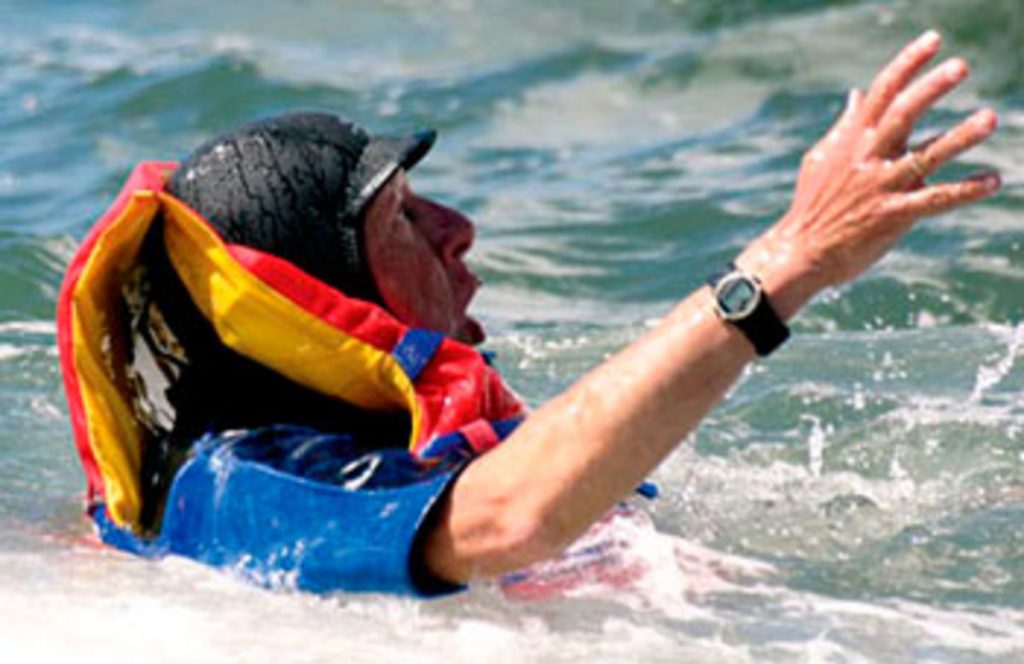
Use of Life Saving Devices
Importance of Life Jacket
Wearing a life jacket is crucial for the safety of passengers on a small boat. In case a person falls overboard, a life jacket provides buoyancy, helping them stay afloat. Life jackets come in various styles and sizes, ensuring a proper fit for every individual on board. It's essential that passengers wear life jackets at all times while on the boat.
Usage of Throwable-Type and Heaving Line
When a passenger falls overboard, it's important to immediately offer assistance by using a throwable-type flotation device or a buoyant heaving line. Quickly tossing these devices to the person in the water can help them stay afloat until further assistance can be provided. Remember to approach the victim from downwind or into the current, whichever is stronger, while gradually reducing the boat's speed.

Benefits of Flotation Device
Flotation devices, such as throwable cushions or lifebuoys, come in different shapes and sizes, offering an efficient means of support for an overboard passenger. These devices not only provide buoyancy but also allow the individual to hold on to them, increasing the chances of a successful rescue.
Applying Reaching Assist
In case of a passenger falling overboard, the use of a reaching assist can be an effective method for pulling them back onto the boat. This technique can be employed with the help of poles, ropes, or lifebuoys, depending on the available equipment on the boat. Once the victim grabs the reaching assist, one can pull them to the side of the boat and use a reboarding device to help them get on board safely.
Using these life-saving devices and techniques while maintaining a confident, knowledgeable, and clear tone will ensure the safety of all passengers on a small boat. Thus, it is essential for boat operators and passengers alike to familiarize themselves with these methods and always prioritize safety while on the water.
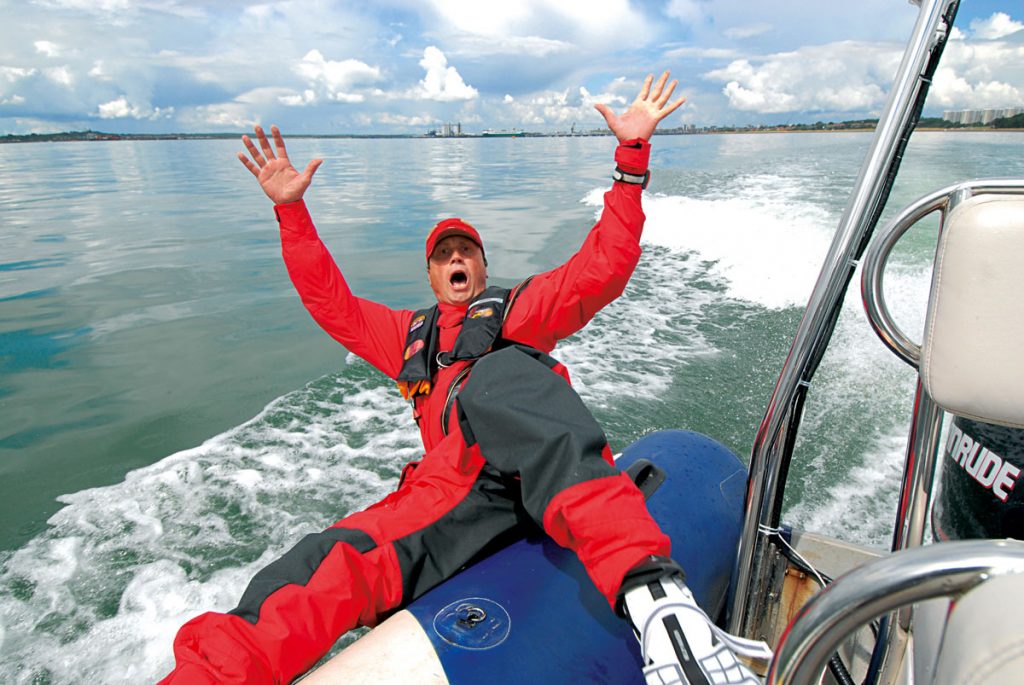
Rescue Procedures
Approaching Victim Slowly
When a passenger falls overboard, it is crucial to act quickly and calmly. First, turn the boat around and slowly pull alongside the victim. Approach the victim from downwind or into the current, whichever is stronger, to maintain better control of the boat's movements and make it easier for the victim to reach you1.
Pulling Victim into Boat
Once you have successfully reached the victim, stop the engine to avoid any risk of injury. Use a reaching assist, a buoyant heaving line, or a lifebuoy to help pull the victim to the side of the boat2. It is essential to ensure that the rescue equipment is within reach, well-maintained, and readily available in case of emergencies like this.
Ensuring Victim's Balance
When pulling the victim back onto the boat, particularly in small boats, it is essential to keep the weight balanced to prevent capsizing1. To do this, try to pull the victim onboard over the stern, positioning them in a way that allows for even weight distribution. Once the individual is safely back on the boat, assess them for any injuries and provide appropriate care as needed.

Post-Rescue Measures
Checking for Hypothermia
Once a passenger who has fallen overboard is safely back on the boat, it is crucial to check for any signs of hypothermia. Hypothermia can occur when the body loses heat faster than it can produce it, leading to a dangerously low body temperature. Symptoms can include shivering, drowsiness, confusion, and slurred speech.
To assess the passenger's condition, ask them a few questions about how they feel and check their skin for coldness or extreme paleness. If you suspect hypothermia, take immediate action by moving the passenger to a warmer area, removing any wet clothing, and wrapping them in blankets or towels to help conserve body heat. Consider administering warm, non-alcoholic beverages, but avoid hot drinks or food that might trigger a rapid temperature change, as this could be harmful.
It is important to monitor the passenger's condition closely, and if necessary, seek medical attention.

Performing Headcount
After the overboard incident, it's essential to conduct a headcount to ensure everyone is accounted for. Accidents can happen quickly, and it's possible another passenger may have slipped into the water unnoticed. Instruct everyone on the boat to remain seated and calm while the headcount is performed. Verify each person's presence and make note of any discrepancies.
If any passengers are unaccounted for, initiate search and rescue procedures immediately. Notify nearby vessels and authorities of the situation, providing as much information as possible, including the missing person's name, description, and last known location.
Executing these post-rescue measures is crucial to the health and safety of the passengers onboard. Taking prompt action can help prevent serious complications and ensure the wellbeing of everyone involved.
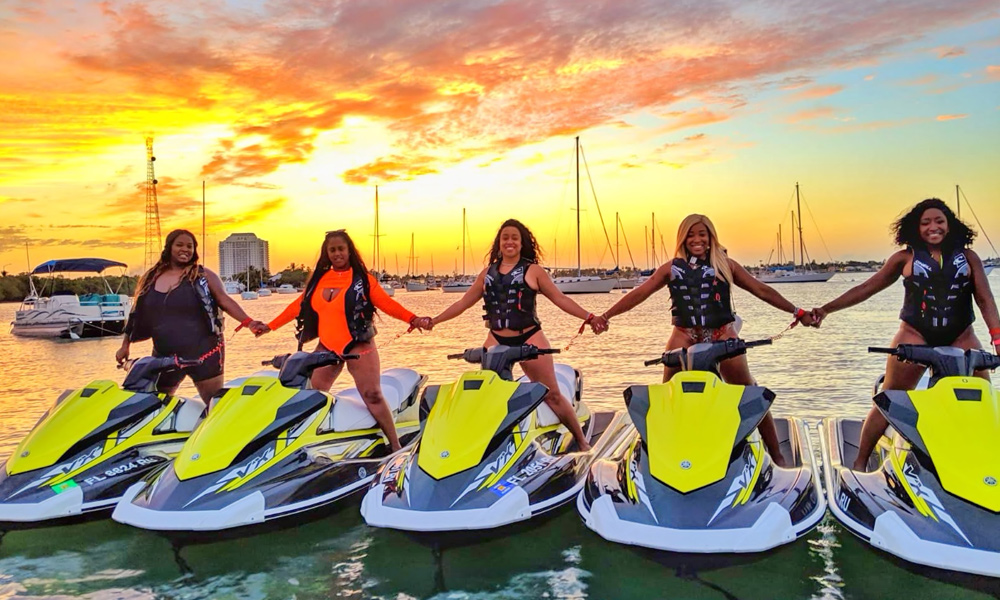
Preventive Measures
Maintaining Three Points of Contact
One of the most effective ways to ensure safety and prevent falling overboard is by maintaining three points of contact. This means that a person should keep both hands and one foot or both feet and one hand in contact with the boat at all times while moving around the boat 1. By doing this, individuals can minimize the risk of slipping or losing their balance when onboard. Keeping the center of gravity low and always remaining within the boat's gunwales is also essential to avoid unnecessary risks.
Preventing People from Falling Overboard
Preventing boat falls overboard requires a combination of staying focused, cautious, and adhering to boat safety rules. Here are some essential tips to consider:
- Keep the center of gravity low by not allowing people to stand up or move around while underway, especially in smaller, less-stable boats 2.
- In a small boat, don't allow anyone to lean a shoulder beyond the gunwale, as this increases the risk of losing balance and falling overboard.
- Slow the boat appropriately when turning, as sharp turns can cause individuals to lose balance and potentially fall into the water.
- Be mindful of boating in rough water conditions or bad weather, as these factors can significantly increase the risk of capsizing or individuals falling overboard.
Implementing these preventive measures and maintaining a confident, knowledgeable, and clear understanding of boat safety can greatly reduce the risk of passengers falling overboard. By ensuring everyone onboard is vigilant and adheres to these guidelines, all individuals can enjoy a safer boating experience.

Boating Safety Guidelines
Understanding U.S. Coast Guard Guidelines
The U.S. Coast Guard has established guidelines to ensure boating safety and provide guidance on handling situations like capsizing and passengers falling overboard. It is crucial to familiarize yourself with these guidelines to maintain a safe boating experience. Some of the fundamental guidelines include wearing life jackets, knowing how to swim, and carrying appropriate safety gear aboard the boat, such as throwable floatation devices.
Tips to Prevent Capsizing and Drowning
Preventing falls overboard is essential in avoiding accidents involving capsizing and drowning. Follow these tips to ensure the safety of all passengers on board:
- Evenly distribute weight: Balance the weight of people and gear within the boat, keeping the load low and avoiding overloading a small boat.
- Maintain three points of contact: Whenever you need to move, keep both hands and one foot, or both feet and one hand in contact with the boat at all times to maintain stability.
- Reduce speed when necessary and avoid sudden sharp turns that might cause the boat to become unstable.
In case a passenger falls overboard, take immediate action by reducing speed, tossing a Personal Flotation Device (PFD) to the victim, and navigating the boat back to the person in the water. Turn off the engine before attempting to pull them aboard.

Importance of Pleasure Craft Gear
Having appropriate gear on pleasure craft is vital to ensuring passenger safety during a boating excursion. This gear includes:
- Life jackets and PFDs: Ensure that enough life jackets and PFDs are available on board for each passenger, and that they fit properly.
- Throwable floatation devices: Keep throwable flotation devices readily available to assist passengers who have fallen overboard.
- Reaching assists and boarding devices: Equip your boat with reaching assists, such as poles or hooks, and boarding devices like ladders or swim decks, to help passengers climb back onto the boat safely. Pull the victim to the side of the craft using the reaching assist, then switch the engine off and help them board using the ladder or swim deck.
By adhering to these boating safety guidelines and following U.S. Coast Guard recommended practices, you can create an enjoyable and secure environment for everyone on board.
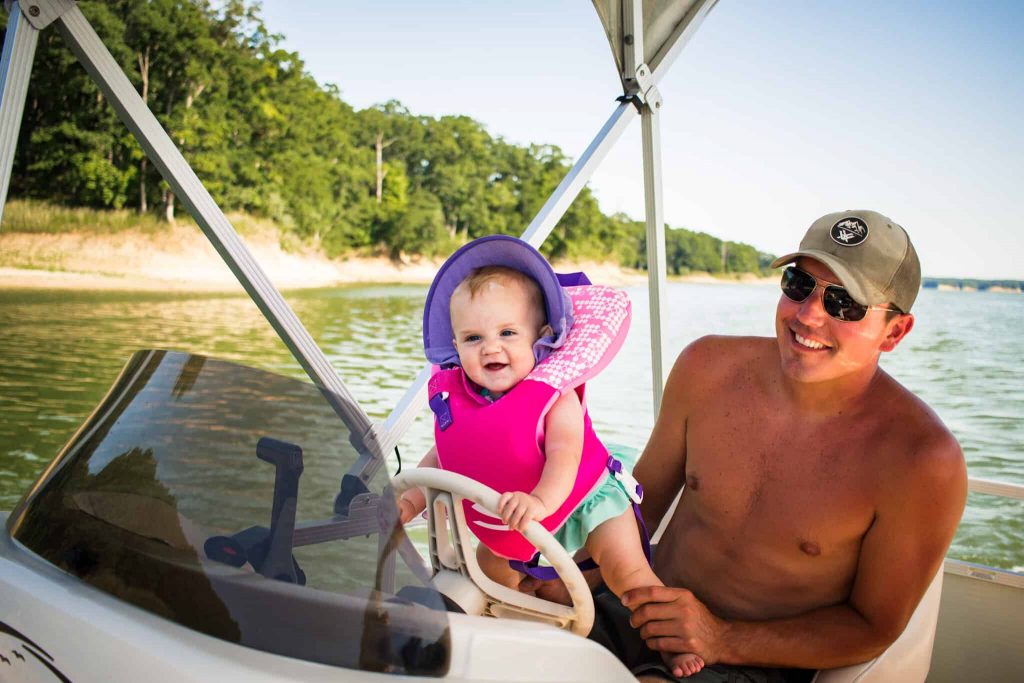
Conclusion
In the unfortunate event of a passenger falling overboard from a small boat, swift and proper action is crucial to ensure their safety. First and foremost, the boat operator should reduce speed and toss the person a lifejacket or PFD, unless they are certain the individual is already wearing one. Additionally, the situation should be announced by yelling "Man Overboard" to inform others on the boat and possibly alert nearby vessels.
When approaching the person in the water, it is crucial to turn the boat around and approach them from downwind or into the current, whichever is stronger. This will aid in getting closer to them without risking the boat being pushed away. Before attempting a rescue, the boat's engine must be stopped to prevent injuries.
To assist the person back onto the boat, make use of available resources, such as ropes, ladders, or helping hands. The best method will depend on the boat's design and the individual's abilities. In every case, it is essential to maintain clear communication with the person in the water to ensure their comfort and safety.
Preventing such incidents is also important, and steps should be taken to avoid falling overboard, such as keeping one's center of gravity low, maintaining three points of contact while moving, and avoiding distractions. By understanding and applying these procedures, boating can continue to be an enjoyable and safe recreational activity.
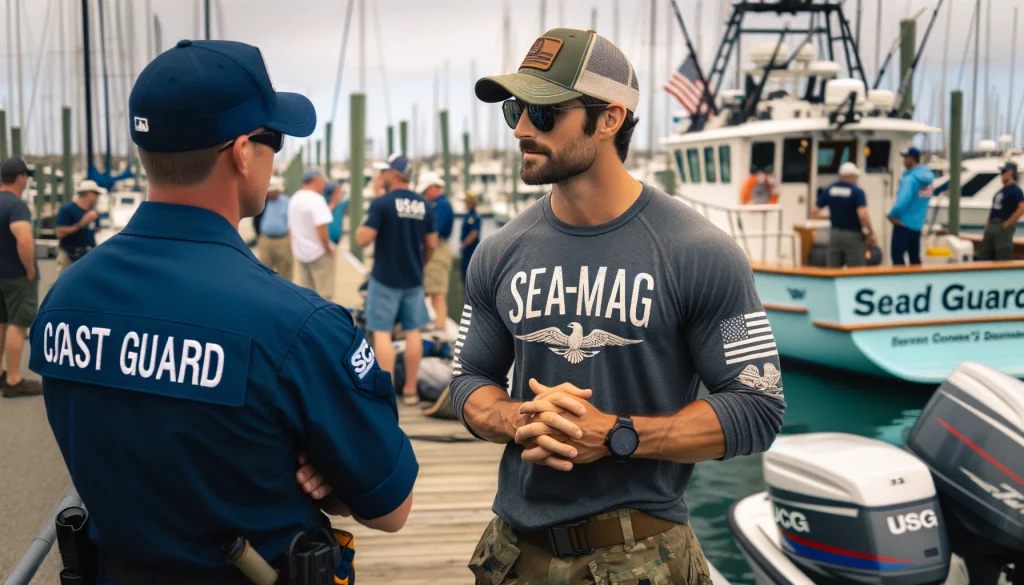
Q&A With USCG
Charlie (Editor of Sea Magazine): Hello Montey, thank you for joining us today. We're here to discuss a critical topic: what should you do first if a passenger falls overboard. So, let's jump right in.
Montey (USCG Representative): Glad to be here, Charlie. It's an essential topic for all boaters.
Charlie: First things first, Montey. If a passenger falls overboard, what should be the immediate action?
Montey: The very first thing is to ensure everyone else is wearing a life jacket. It's crucial for the safety of everyone on board.
Charlie: Life jackets are indeed lifesavers. What about the person who has fallen overboard?
Montey: If they are not wearing a life jacket, throw them a life ring or any flotation device immediately. It's a priority to help them stay afloat.
Charlie: Understood. And how should the boat be managed in this situation?
Montey: It's important to keep the boat balanced and not make any sudden maneuvers. The person in the water could be injured or disoriented, so it’s best to approach cautiously.
Charlie: Staying calm is easier said than done. Any advice on that?
Montey: Absolutely, stay calm. Panicking can worsen the situation. It's your best bet to efficiently manage the emergency.
Charlie: How about the person in the water? What should they do?
Montey: They should try to conserve energy. Avoid unnecessary movements; tread water if they can, and stay warm. Hypothermia is a risk in cold waters.
Charlie: What role do other boaters play in such a situation?
Montey: Other boaters should be alerted immediately. They can assist in the rescue and provide additional resources if needed.
Charlie: Montey, this has been incredibly insightful. Any final thoughts?
Montey: Just a reminder to all boaters: always be prepared for such emergencies. Regular safety drills and having the right safety equipment on board can make a huge difference. remember, when a passenger on your boat falls overboard what should you do first is get them a PFD asap, making sure you don't fall overboard in the process.
Charlie: Thanks, Montey. Your expertise is invaluable to our readers. Stay safe out there.
Montey: Thank you, Charlie. Safety first, always.
Frequently Asked Questions
What is the recommended procedure to rescue a person who has fallen overboard?
When a passenger falls overboard, immediately alert everyone by yelling "Man Overboard" and toss the person a personal flotation device (PFD) if they're not already wearing one. Stop the engine and approach the victim slowly, coming from downwind or into the current. Pull them on board using either a reaching assist, a buoyant heaving line, or a lifebuoy1.
How can you safely retrieve someone who fell off a small boat?
To safely retrieve someone who has fallen off a small boat, it is important to maintain balance and keep the weight distribution stable within the boat2. Use a reaching assist or other buoyant equipment to pull the person towards the boat, and use a reboarding device to help them get back on board3.
What equipment can be helpful in assisting an overboard passenger?
Some helpful equipment for assisting an overboard passenger includes a reaching assist, buoyant heaving line, lifebuoy, and a reboarding device, such as a ladder or ramp. Additionally, throwable PFDs can provide extra support for the person in the water4.
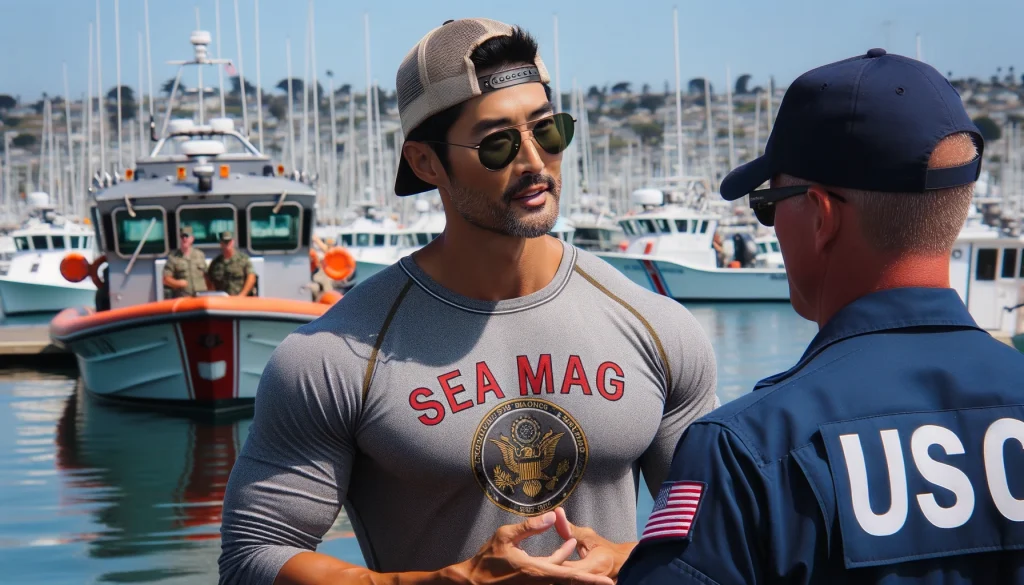
How to maneuver the boat when approaching a person in the water?
When approaching a person in the water, reduce speed and turn the boat around, carefully aligning it with the victim. Approach from downwind or into the current to reduce the risk of drifting onto the person. Maintain a safe distance and slowly approach the victim, stopping the engine as you get closer5.
What precautions should be taken during the rescue?
During the rescue, alert everyone on board about the situation, monitor the victim, and communicate with them throughout the process. Ensure you're wearing your own PFD, and prepare any equipment needed for the rescue. Maintain a controlled boat speed and keep an eye on the surrounding environment for potential hazards.
How to avoid further injury while pulling a person back onto the boat?
To avoid further injury while pulling a person back onto the boat, keep the weight balanced within the boat and opt for a reboarding device, like a ladder or a ramp, to facilitate their reentry. Make sure you do not come into direct contact with the boat's propeller, and be mindful of the victim's condition, handling them with care while assisting them back on board.
Footnotes
- (https://www.boat-ed.com/wisconsinrental/studyGuide/If-a-Passenger-Falls-Overboard/103051_55672/) ↩ ↩2 ↩3 ↩4 ↩5
- Boat Ed ↩ ↩2 ↩3
- https://www.boat-ed.com/canada/studyGuide/If-a-Passenger-Falls-Overboard/101199_115977/ ↩
- https://www.boat-ed.com/wisconsinrental/studyGuide/Preventing-Falls-Overboard-From-Small-Boats/103051_55673/ ↩
- https://www.boat-ed.com/maryland/studyGuide/If-a-Passenger-Falls-Overboard/10102102_37575/ ↩
Charlie is Editor-in-Chief of Sea Magazine

